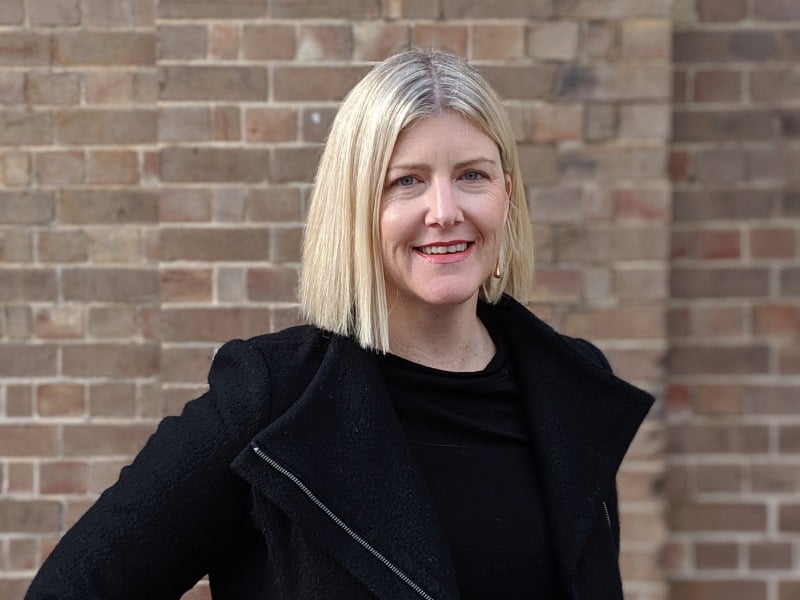The National Reconstruction Fund is about to deploy $15 billion into the types of deep technologies capable of safeguarding our future economy.
Yet this $15 billion is just the start for building a deep tech economy. It must also be a catalyst for some $100 billion or more of private sector investment into priority areas such as medical science, manufacturing, renewables, and low emissions technologies.
As Minister Husic recently declared of the fund, “it will provide a mechanism to leverage one of our other great national resources, our deep pool of onshore capital, including the $3.4 trillion superannuation system”.
This type of public-private co-investment ambition is a great example of what Mr Husic called the “crucial linkages… we need to create an ecosystem that reinforces our national priorities”.
Because for too long Australia has taken a siloed approach to building the economy of the future.

Australian governments have invested in industries and technologies individually, such as medtech and spacetech, or AI and quantum computing. State governments have built programs that don’t speak to other state initiatives, and which don’t interplay with federal programs.
Yet the world is a complex system of interconnected parts. The deep tech innovations solving problems in such a world therefore also require complex, interconnected systems.
If we hope to match our ambitious intention with accelerated delivery, we must radically shift towards systemic thinking and a holistic approach to design and development. In short, we must tackle global problems from multiple angles simultaneously, not through individual policies or niches of technology.
Case in point: plastic waste
In the battle against our world-wide plastic waste problem, seaweed and algae are our secret weapon and ally. They are natural carbon sequesters, capturing carbon dioxide from the atmosphere and transporting it to the ocean floor. And we know it works.
Companies around the world are already using seaweed to abstract the polymer required to create marine-driven plastic alternatives that can be used in both rigid plastics and woven materials.
But to make this innovation an everyday standard – thereby eliminating plastic use for good – we must confront the status quo from four distinct angles simultaneously.
Firstly, we need policy to drive investment in innovation in the first place.
Secondly, we must compel companies to intentionally invest and create opportunities for supply chain and manufacturing transformation.
Thirdly, we need to compel consumers to change long-standing purchasing habits.
And finally, we must recognise that seaweed and algae alone are not the sole answer to the global plastic problem. There are other types of innovation that can help tackle this issue in parallel with seaweed.
If any one of these four goals falls short, then the problem will not be solved. So we need a systemic transformation of policy initiatives in recognition of how these moving parts are interconnected and integral to the success of ending our dependence on plastic.
Only by understanding this inherent complexity of our ambitions can we form a holistic set of policies able to mobilise the many moving parts that will collaboratively effect change. And only once these moving parts work in tandem, and not in siloes, can we really hope to solve this crisis.
Success stories abroad
There are many overseas examples of connected architecture across government and industry creating well-worn pathways to innovation.
Sweden’s innovation agency Vinnova funds research and development projects, provides support to startups and small businesses, and connects businesses with researchers.
Israel’s Office of the Chief Scientist funds research and development projects, provides tax breaks to businesses that invest in innovation, and helps attract foreign entrepreneurs to the country. It was set up as far back as 1958, demonstrating incredible foresight and explaining Israel’s innovation leadership.
Similarly, the US’s Small Business Innovation Research (SBIR) program has had the support of multiple administrations over decades.
In Australia, we must also start playing as one team if we wish to become truly globally competitive. On a governmental level, this would involve connecting state innovation initiatives with federal programs and policy, while aligning across departments.
For instance, Breakthrough Victoria, Investment NSW, and other statewide investment programs could cease to apply a statewide lens and instead align and ladder up to opportunities at the federal level.
The University Accord and Australia’s Economic Accelerator, currently siloed within the Department of Education, could instead connect with organisations like the Department of Industry, Austrade, and DFAT.
This would significantly amplify the impact of initiatives like the National Reconstruction Fund, our national science priorities, and our new strategies in areas such as critical minerals, quantum, artificial intelligence, and robotics.
A systems approach would bring mutually reinforcing alignment to the opportunities and operations in an incredibly powerful way. It would connect the dots, accelerate pathways, decrease friction, and align national vision and aspiration with implementation.
A small taste at home
We already know it can work. For decades Cicada has been connecting Australia’s earliest-stage deep tech innovators with a network of partners, experts, and programs (state and federal) to bring their world-changing technologies to global markets.
At the recent Cicada x Tech23, we asked a new cohort of deep tech startups how they can help answer some of the world’s most important questions — instead of asking them to pitch for money against others in their own industry.
Because taking this approach could allow us to mobilise Australia’s already abundant resources to build a safe and prosperous future for our children in this lifetime.
Sally-Ann Williams is Chief Executive Officer at Cicada Innovations. She is also a non-executive director at AusOcean and Qudos Bank, and is a Member of the NSW Innovation and Productivity Council. She is also chair of the federal government’s Pathways to Diversity in STEM Review.
Do you know more? Contact James Riley via Email.

